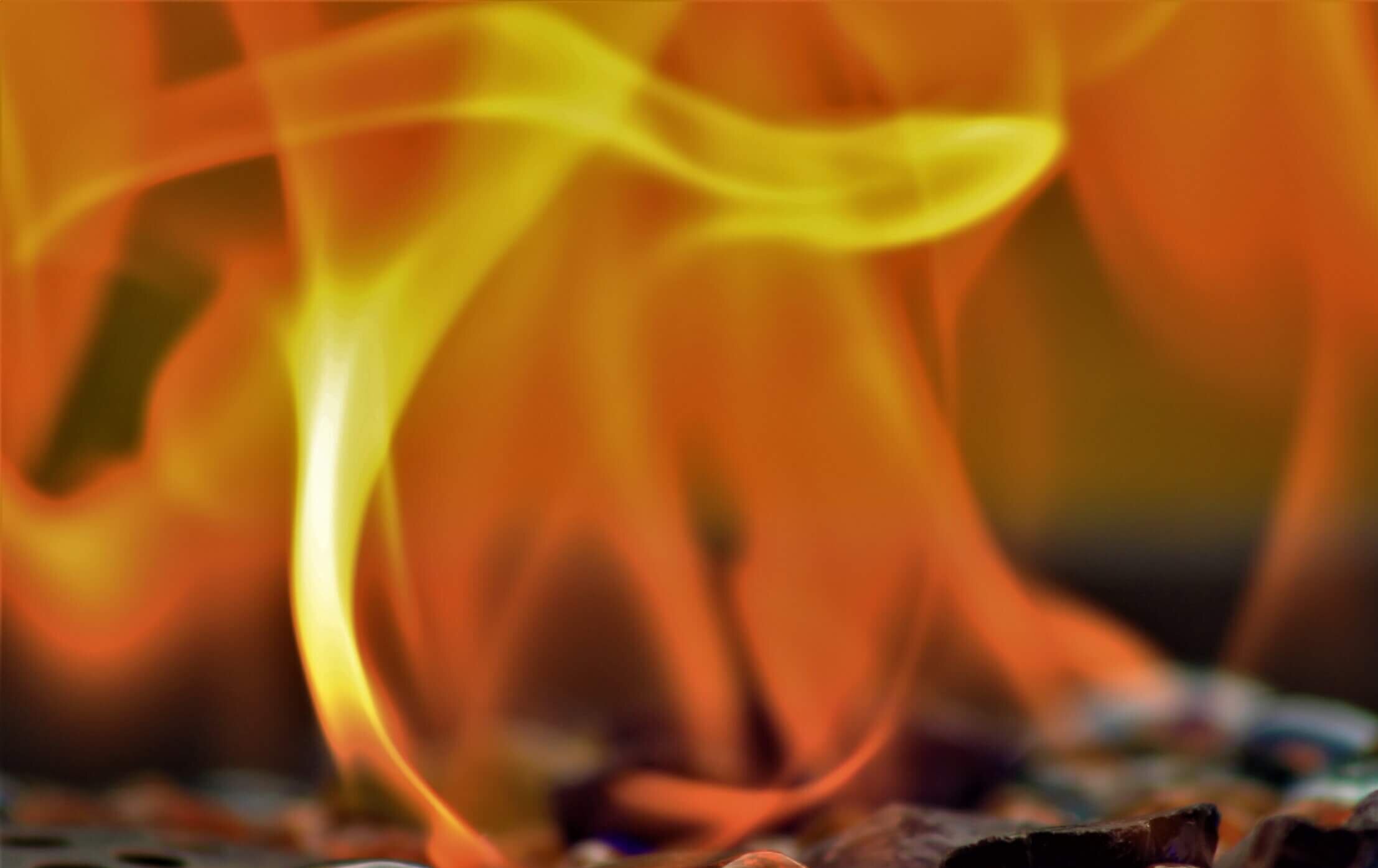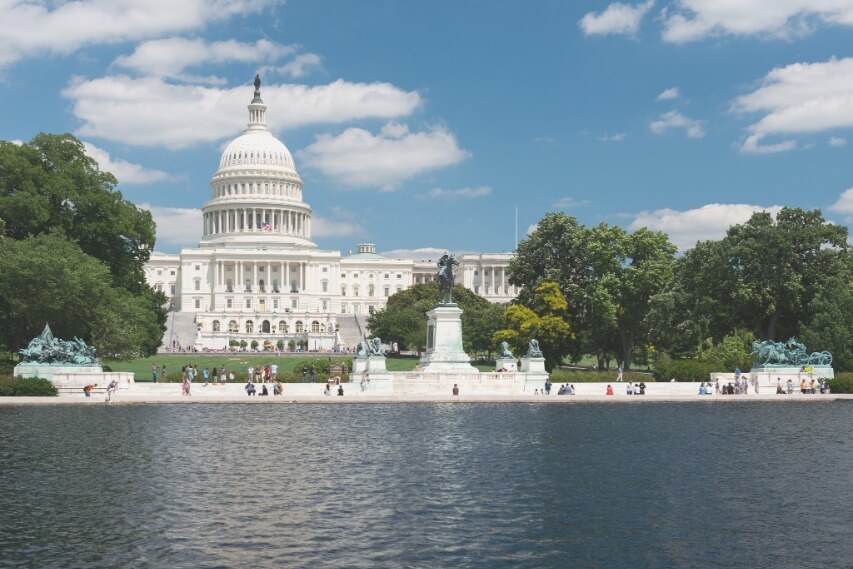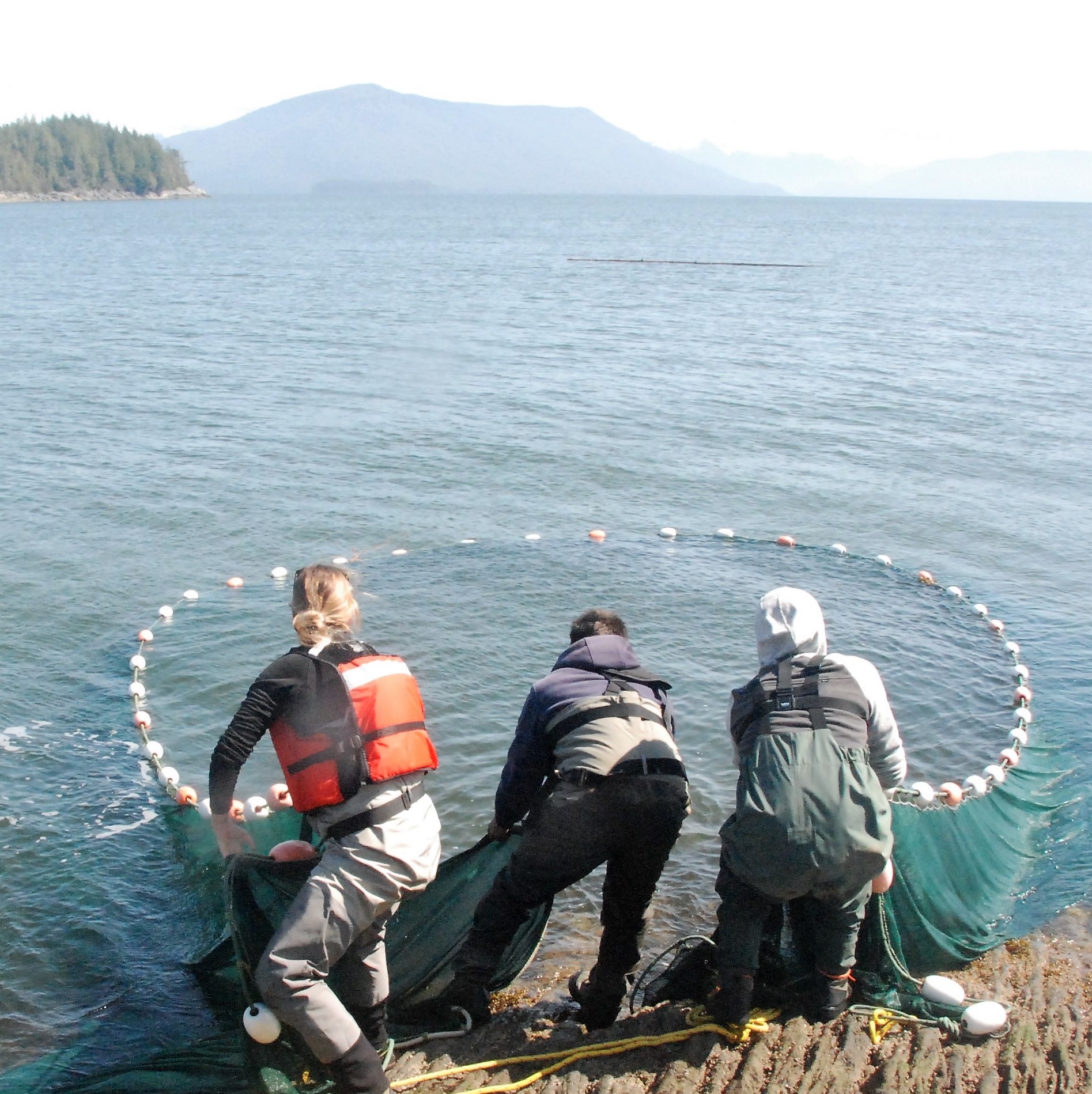Conflicting viewpoints are commonplace among scientists. And those studying wildfire are no exception, where perspectives vary among regions, ecosystem types, and disciplines. It’s a hot topic (not to mention incredibly pun-conducive), and the debates among scientists have been heated.
As I mentioned last week, differences among the various factions of scientists studying fire have often overshadowed just how much they agree upon. Given the early and intense start of this year’s fire season, with five large fires currently burning in southern California, and hot and dry conditions throughout much of the West, it’s perhaps never been more urgent for scientists to weigh in on what we know about wildfires and what lies ahead. Auspiciously, at our recent advanced communication workshop (that drew from a diverse cross-section of the fire science community), we unearthed plenty of common ground. I asked a number of our workshop participants to weigh in on why.
Face Time
Agreement can be much easier to reach in person. Many of these scientists had never met face-to-face. As Tania Schoennagel of the University of Colorado, Boulder so aptly summarized, “There is nothing like sitting shoulder to shoulder, hearing the collective passion for our science in the voices of fellow scientists, to realize we are all pulling the same cart; the differences in our views become less important than the common ground we’re all standing on.”
But it’s not always so obvious that we’re all pulling the same cart. As Richard Hutto of the University of Montana noted, “Much of the divisiveness among fire scientists (and probably most science-based arenas) results from each of us working in isolation while trying to get our perspective heard. In fact, we have to highlight the significance and applicability of our own work in particular to get grant support and to get published. Unfortunately, this can lead to unintended isolation. In most instances, multiple perspectives that emerge from research are valid; it’s just that some (severe fire is a problem) fit better in some places and others (severe fire plays an important ecological role) fit better elsewhere.” Hutto continued, “By taking the time to have some face-to-face conversations, it’s somehow easier to see things from the other person’s perspective.”
Humor is a fantastic way to build rapport with colleagues. The mock interviews with journalists provided ample opportunities for sharing a laugh during the workshop.
Face time fosters camaraderie and builds trust. Meg Krawchuk of Simon Frasier University shared, “When writing you need to build a concise case for the importance of your work, which sometimes leads to polarizing statements. Spending time exploring nuances and common ground, allowed us to build and recognize agreement. Having the opportunity to meet and get to know the person behind particular ideas and words encourages us to be more considerate, even when we disagree.”
Distillation of what we DO know
Shared understanding is most easily reached when we focus on what we know, rather than what we don’t (which runs counter to our scientific training), and boil the science down to a few key knowns. As Jennifer Balch of Penn State University said, “One of the real values of the workshop was that forcing us to think about other audiences broke us out of our rut and made us realize we have more common ground that we thought. Certainly, we find complexity and differences in our specific research areas, but the overall message seems to be the same: fire is an incredibly important earth system process, and societies need to better adopt fire and adapt to changing fire.”
Honing in on these kinds of core messages is crucial. Brian Harvey of the University of Wisconsin noted, “We very quickly realized that we agree much more than we disagree on most aspects of fire ecology. Once we were able to pull out from the detailed debates and look at how much consensus we had, we realized that those common messages are getting lost in the public dialogue about fire. Building up from common ground not only helped us craft several core messages that we should more effectively communicate to the public, but the trust that was fostered during the process will also help move the science forward.”
This trust is key to developing more coherent messages about wildfire. Finding a way for scientists to reinforce, rather than undermine, each others’ messages was one of the goals of our workshop. Max Moritz of the University of California, Berkeley, shared the extraordinary value of peer feedback.
“What was really rewarding was when trying to clarify and put our science in terms the public can understand, we got feedback from our peers, which we never get,” he said. “Normally, we only get feedback from our peers when they’re upset about how something has been portrayed by the media. Those sticky notes [where each scientist observed their colleagues being interviewed by a journalist on a topic related to their research and then were asked to provide helpful feedback] were a mini-peer review about not only how I could communicate with the public, but also how I can say things in a way that resonates with my peers.”
Shared passion, shared purpose
One thing that strongly united the scientists at the workshop was a shared sense of purpose. As Monique Rocca of Colorado State said, “We all believe that fire science needs to be better communicated to the public, but we all share the struggle to distill such a complex topic into an accessible, cohesive message. Working together to compose and deliver such a message will benefit us all. It will help each of us articulate the value of our own research programs, and it will help us to deliver a unified message to managers, policy makers, and the public.” Rocca continued, “One of the most helpful things about the COMPASS workshop was to realize how much my colleagues and I have in common. We each find ourselves somewhere between apprehensive and alarmed about the future of wildland fire in North America, and its potential impacts on people and ecosystems. We largely agree on what can and should be done to change the way our society deals with wildland fire. I did not anticipate such a level of agreement, nor such a willingness to discuss the areas where disagreements remain. This made me realize that our field is more or less united already in our vision of the future.”
An important contributor to that unity was the willingness of the scientists to address the concerns and questions of the public about fire. According to Monica Turner of the University of Wisconsin, “What impressed me most were the number of big-picture concerns and questions that we share. There was much more in common than we had realized. We clearly need to be careful that minor differences in interpretations don’t overwhelm what we do understand.” One obvious concern for the public and scientists alike is the link between climate change and fire. Turner went on to say, “How climate change will affect fire is a big deal for all of us. There are many questions we are each addressing in our particular study areas, such as will fires become larger and more severe? Are today’s fires unusual? Will our ecosystems change a lot following future fires? What will they be like? What should people do to minimize losses of things they value and adapt to a future with more fire?” A phrase uttered frequently during the workshop was ‘how can we learn to live with fire.’ As Monica said, “It captures these challenging times.”
This week, I’m in Missoula for the Large Wildland Fires Conference with many scientists from the COMPASS workshop. I look forward to continuing to work with them and the broader wildfire community (600 of whom are in Missoula with us this week) to advance our collective understanding of what we know about fire in this time of escalating concerns.



